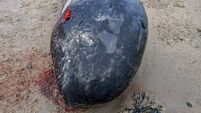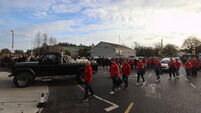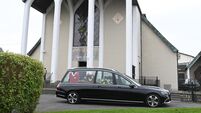Special report: Fighting back against "Bad Medicine"

Anybody who’s brought home a newborn knows the experience is terrifying: The battery of baby aids to get through a single day, the tiny size, the sheer dependency.
Most parents wing it, acting on instinct. If the child is healthy, sleep deprivation is probably the biggest headache. However, when a child’s health is compromised, bringing up baby is a whole different ball game.













